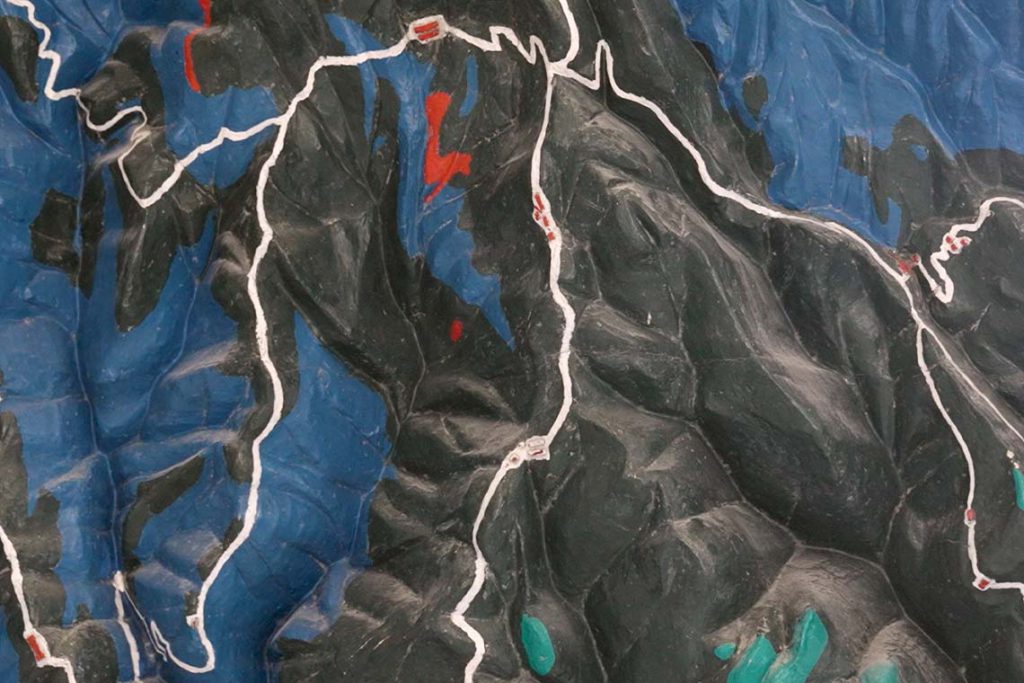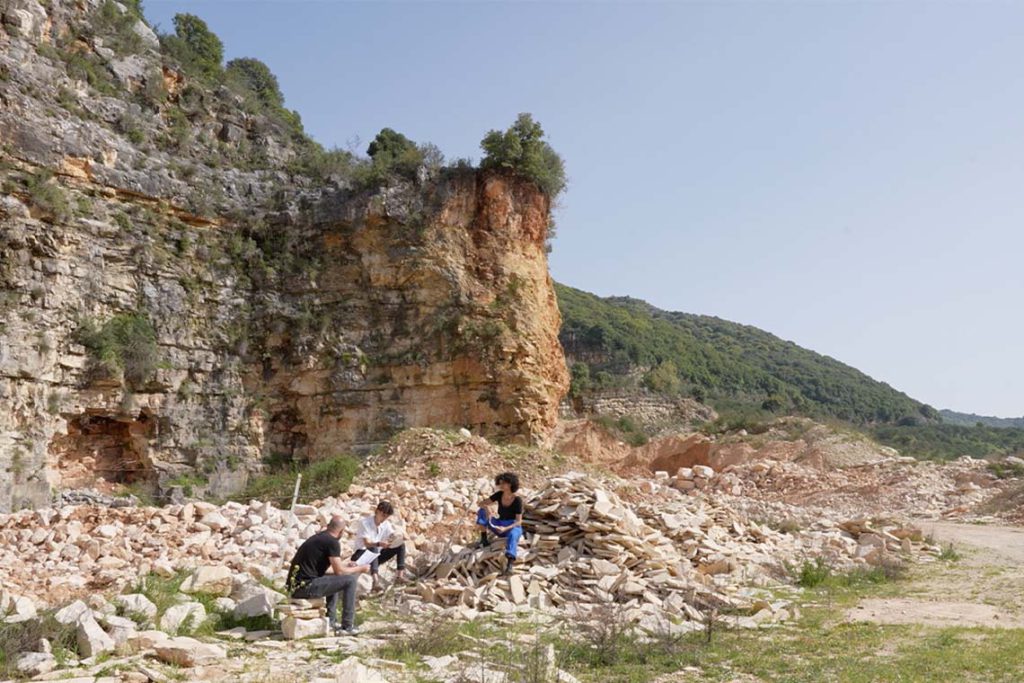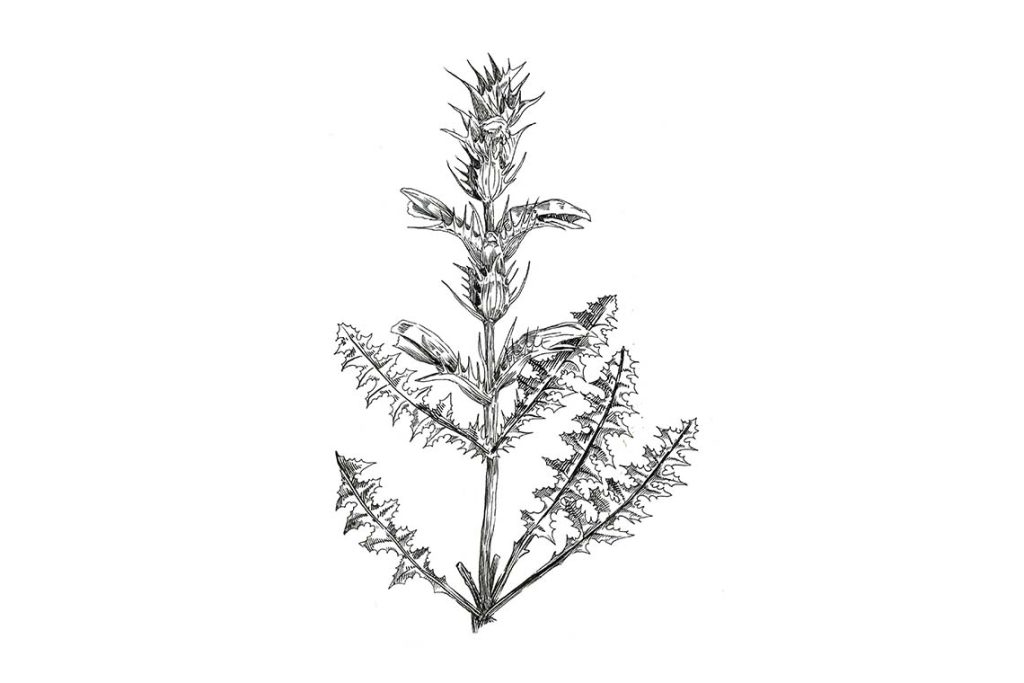The artist speaks out on balancing the priorities of worker, researcher and advocate for land and imagination.
“There is something dystopian in the way professionalised art pushes you to adapt to, and accommodate, a certain demand. But at the same time, there is something quite interesting [about it], because then you are a worker, right? You are not someone who is disconnected from social reality”. So affirms Marwa Arsanios, keenly attuned to the tension between the autonomy of art and the artist, and the potential of and need for art to connect with and be rooted in community and broader realities.
Born in Washington DC, and living between Berlin and Beirut, Arsanios makes work about the political developments of the second half of the twentieth century from a contemporary perspective, focusing on gender relations, collectivism, urbanism and industrialisation. Rather than being defined by form, Arsanios’s practice is best characterised by its relationship to research. Whether that involves working with co-operatives, unions or archives, her films, writing, performances, reading rooms, textile works and works on paper communicate larger, situated projects that have grown over time, through multiple versions and expressing multifarious viewpoints.

Research functions as both source material and collaborator, forming a bridge between the work as a piece of art and as a contribution to “social reality”, an offering by the artist as a fellow worker. In many ways, it seems that part of Arsanios’s larger project has been working out how to root this bridge and establish foundations strong enough for it to support greater impact beyond an art world context.

Image courtesy of the artist and The Mosaic Rooms
Arsanios’s 2014 video Have You Ever Killed a Bear? or Becoming Jamila considers the image of Algerian anti-colonial fighter Djamila Bouhired in the context of the history of the militant image. The work references the 1966 film The Battle of Algiers and Djamila’s image as it appears inAl-Hilal, an Egyptian culture magazine founded in 1892 by a Lebanese writer and which was nationalised under President Nasser. Arsanios had been working with an archive of editions of Al-Hilal for over a decade, responding to it first as a text, then as a performance, before it became a video. “It took a long time for it to find its best form”, she realises. Becoming Jamilathinks about militantism and history from a cultural perspective, “with the question of representation and the approach to politics explored through the cultural object”, Arsanios says. “It stays in this thinking about and through the image, which is a bit of a closed circle in the end, because you are stuck in this cultural discourse.” After the Al-Hilal project, Arsanios started to consider militantism through movements, rather than cultural objects or images. “The Al-Hilalproject was important in that it set the scene for many questions on the militant image, militant cinema, the history of the anti-colonial struggle and the Nasserist moment,” she says. The video prepared the ground for many of the questions that appear in her later works.

Marwa Arsanios. Resilient Weeds. 2016–18. Series of 60 drawings. Ink on paper. 21 x 29.7 cm each.
Image courtesy of the artist and The Mosaic Rooms
The 2016 film Falling is Not Collapsing, Falling is Extending observes Beirut’s garbage crisis. “I was still living there [at the time], and it revealed the corruption and perversity of the political system. Everyone knew about it, knew how the politician-oligarchs were managing the country, but the garbage crisis was the moment of appearance of that deeply rooted, mafia-like system,” she acknowledges. The film shows how garbage is used and “made valuable” as a material in the reclamation of coastal land, as land is “made up”, producing more real estate value. The position of the camera, and of Arsanios as the filmmaker, is one of observation – a perspective from a distant position. “This can be rather paralysing,” she admits, “because you feel like you cannot do anything. You feel defeated by this enormous mechanism of value production.”
Arsanios identifies her Who’s Afraid of Ideology? series as a reaction to that critical position, by being its opposite. The Ideology series revolves around questions of radical ecology and property, “at the centre [of which] is the dispossession of land, which leaves a community, or a whole society, or a whole people, deprived of access to resources, of access to land, and in a permanent state of loss.” The fourth film in the series, Reverse Shot, articulates the question of property on a 123legal, theoretical and practical level by trying to reverse the normalised relationship of ownership and replace it with one of usership – another way of relating to land, which requires the same amount of care, maintenance and work. “When you start thinking about property from the perspective of the soil, the trees and the crops, you start to have another understanding of what you can own and what you cannot own”, Arsanios says. “You de-centre the normalised question and legalised framework of property, and think of land as another set of relations that have their own temporalities.
This profile first appeared in Canvas 108: The Root of it All



